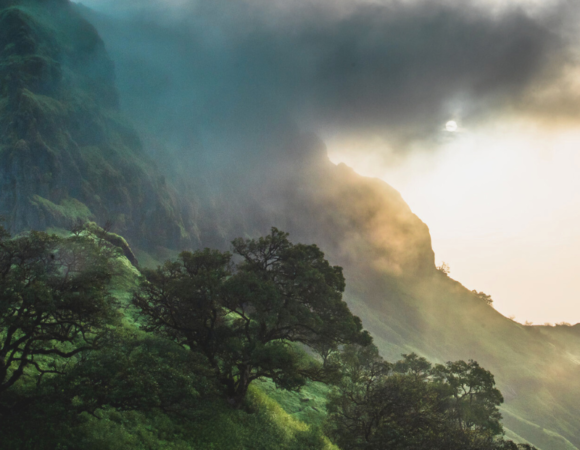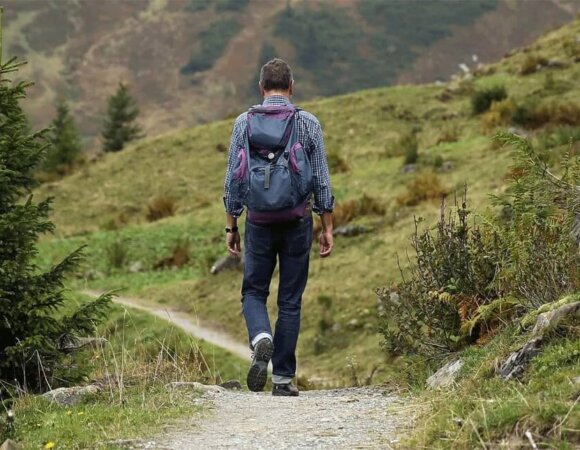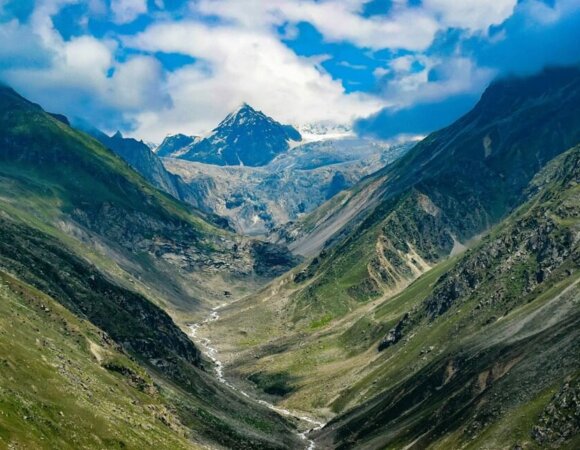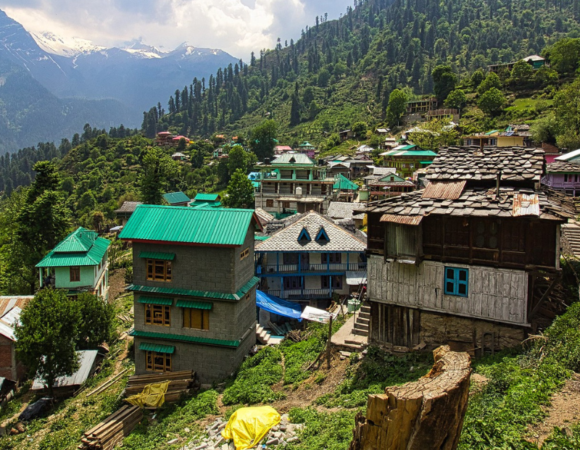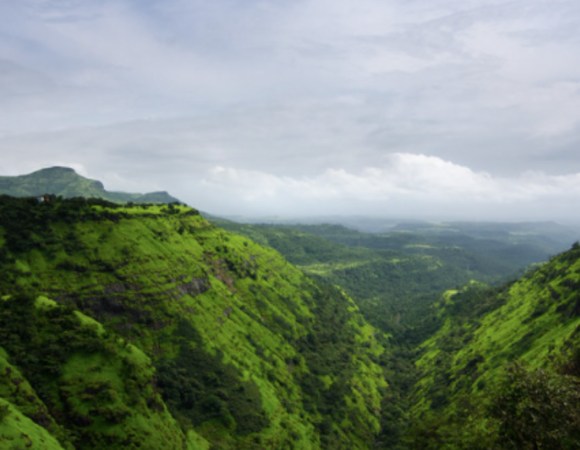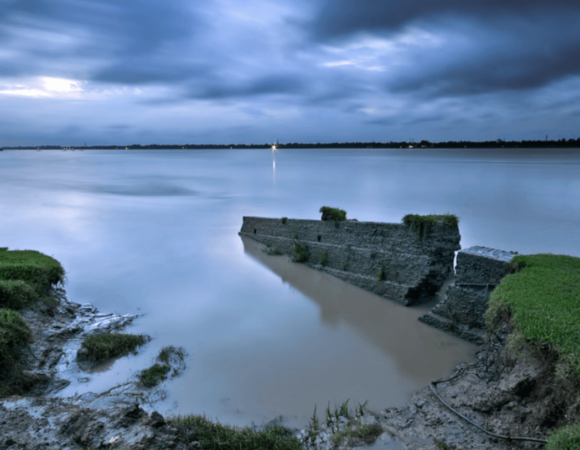How to Get Fit for a High-Altitude Himalayan Trek
When planning a high-altitude Himalayan trek, getting fit is essential to ensure you can enjoy the journey and overcome the challenges. Trekking in the Himalayas requires more than just basic hiking skills—it demands strong physical fitness and mental endurance. High altitudes come with unique physical challenges, including altitude sickness, fatigue, muscle strain, and more. In this blog, we’ll explore why fitness is so important for these treks and how you can prepare your body for the demands of the Himalayas.
Table of Contents
ToggleWhy Fitness is Crucial for a High-Altitude Himalayan Trek
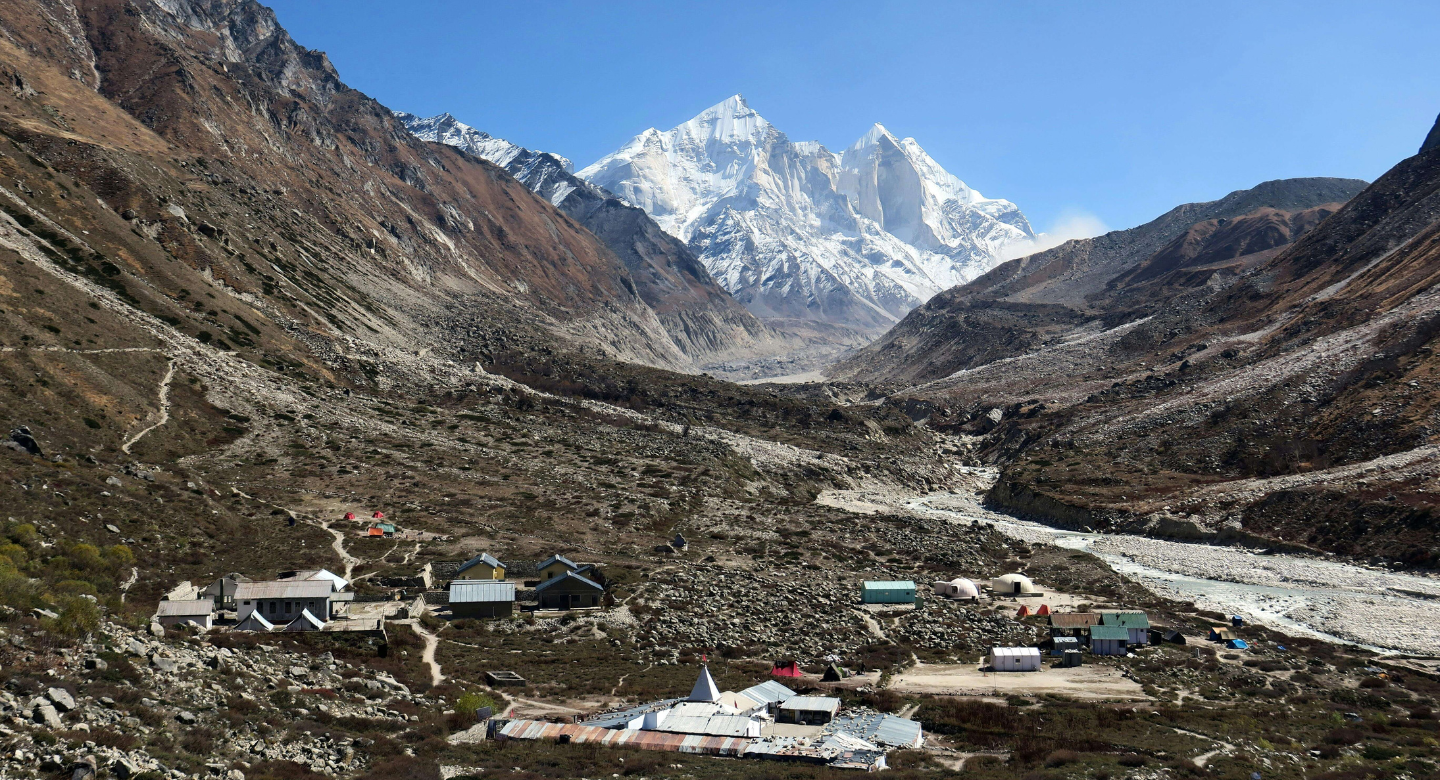
Trekking in the Himalayas means dealing with several challenges you wouldn’t normally face in lower-altitude hikes. The higher you go, the less oxygen there is in the air, which means your body has to work harder. If you’re not prepared, this can lead to altitude sickness, extreme fatigue, and muscle strain. Without proper physical preparation, you may find yourself unable to keep up, pushing through pain, or even forced to cut your trek short. So, getting fit for a high-altitude Himalayan trek isn’t just about building strength—it’s about preparing your body to cope with the challenges ahead.
This blog will break down the specific physical demands of trekking in the Himalayas and give you practical advice on how to build your endurance, strength, flexibility, and overall fitness for the journey.
Understanding the Physical Demands of a High-Altitude Trek
When you trek in the Himalayas, your body faces unique challenges due to the high-altitude environment. At these heights, the air has less oxygen, which makes it harder for your body to get the energy it needs. This can lead to lower stamina, faster exhaustion, and even acute mountain sickness (AMS) if your body doesn’t adjust properly.
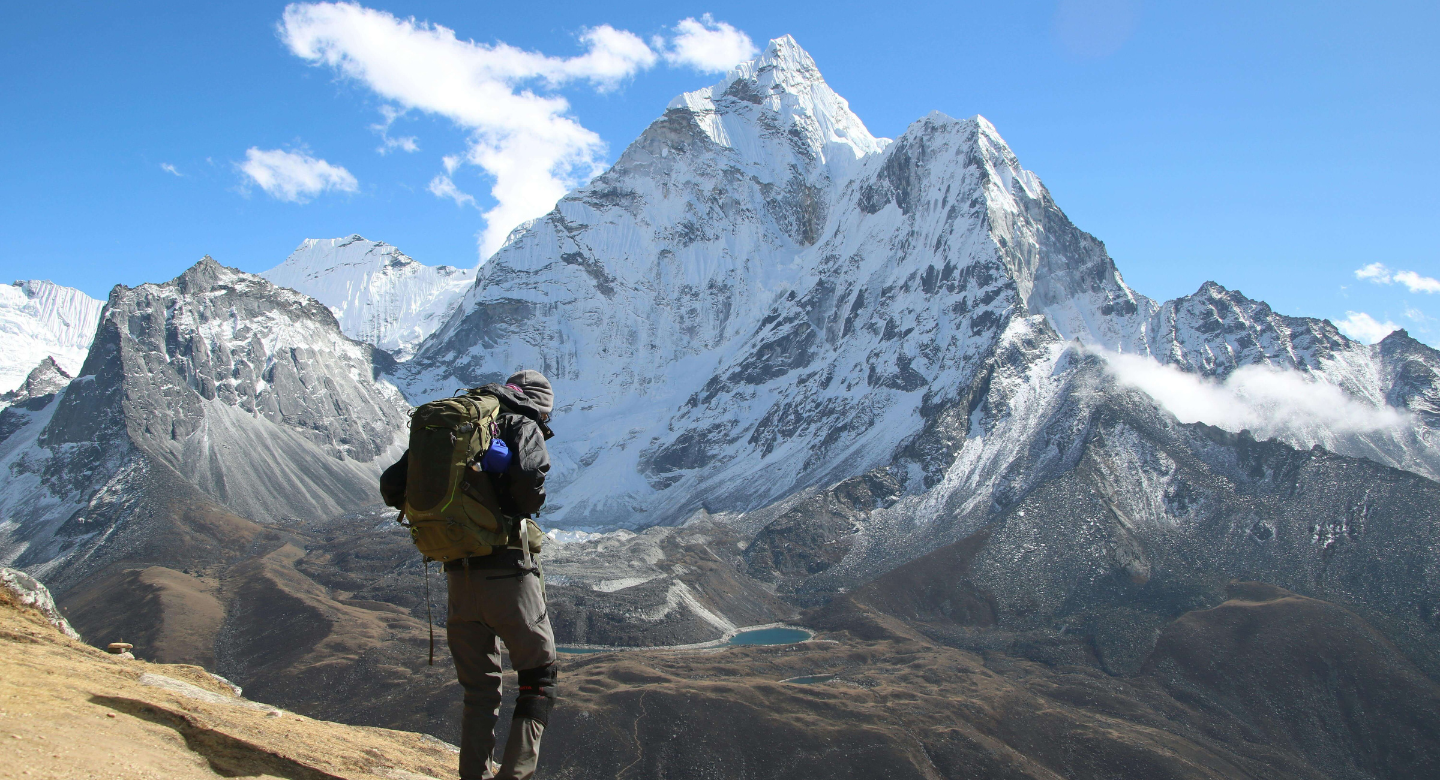
Along with lower oxygen levels, the weather at higher altitudes can fluctuate rapidly, sometimes going from hot to freezing temperatures in a matter of hours. This can strain your muscles and joints, leaving you feeling sore and drained.
Common problems trekkers face in the High-Altitude Himalayan treks include:
- Altitude sickness (AMS): This happens when your body struggles to adjust to the lower oxygen levels. Symptoms can include headaches, dizziness, and nausea.
- Dehydration: The dry air at higher altitudes can lead to dehydration, even if you’re not sweating much. This can cause fatigue and muscle cramps.
- Joint strain: The rough, uneven terrain and long hours of walking can put a lot of pressure on your joints, especially your knees and ankles.
To avoid these issues and have a successful trek, it’s crucial to develop endurance, strength, and flexibility before your trip. Being able to endure long hours of walking, carrying weight, and navigating difficult terrain is key to making the trek more manageable. Plus, building flexibility will help your body handle the varied terrain and reduce the risk of injury.
Lastly, acclimatization—allowing your body to adjust gradually to the higher altitude—is also an essential part of preparation. It helps reduce the chances of altitude sickness and ensures your body adapts to the changing environment.
Pre-Trek Fitness Preparation (At Least 2-3 Months Before the Trek)
If you want to ensure you’re fully ready for your high-altitude Himalayan trek, starting your fitness preparation at least 2-3 months in advance is key. By focusing on key areas like cardiovascular endurance, strength, flexibility, and breathing, you can improve your overall fitness and reduce your chances of getting exhausted or injured during your trek.
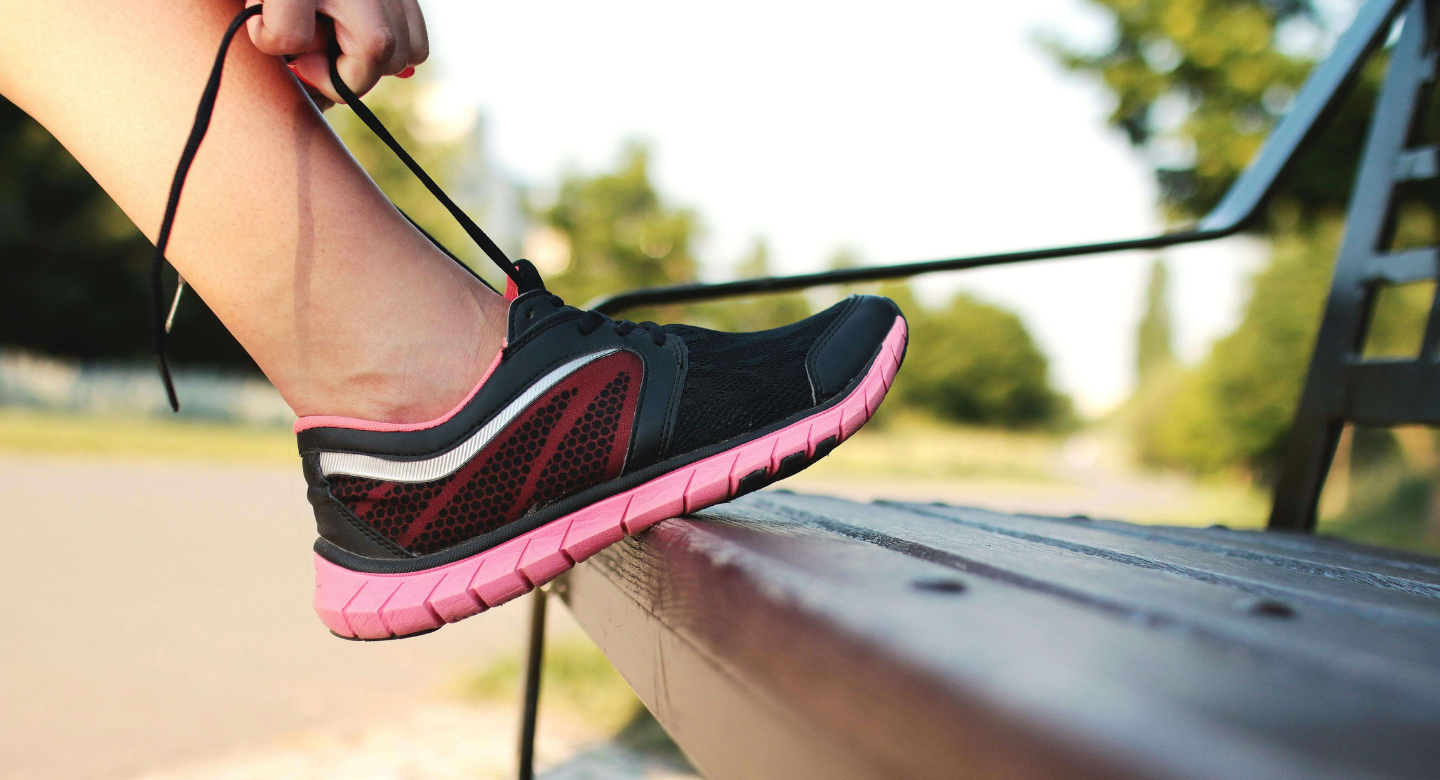
A. Cardiovascular Endurance Training
For high-altitude trekking, having strong lungs and a healthy heart is a must. The higher you go, the harder your body has to work to get enough oxygen, and building up your cardiovascular fitness will help your body adapt. The better your cardiovascular health, the more stamina you’ll have to keep up with the hike’s physical demands.
Recommended exercises:
- Running: Start with short runs and gradually increase your distance and the incline. Running uphill or on trails can simulate the kind of terrain you’ll encounter.
- Cycling: This is great for building leg endurance, which is crucial for trekking. It also gives your heart a good workout without putting too much strain on your knees.
- Stair climbing: This mimics the uphill climbs you’ll face on the trek and is excellent for building leg strength while improving your stamina.
- HIIT (High-Intensity Interval Training) workouts: These workouts are great for boosting your stamina. Alternating between short bursts of intense activity and rest helps improve your endurance quickly.
B. Strength Training for Trekking
To tackle the steep climbs and long treks, building strength in your legs, core, and upper body is essential. You’ll be carrying a backpack and climbing rugged terrain, so a strong body will help you stay balanced and reduce the risk of injury.
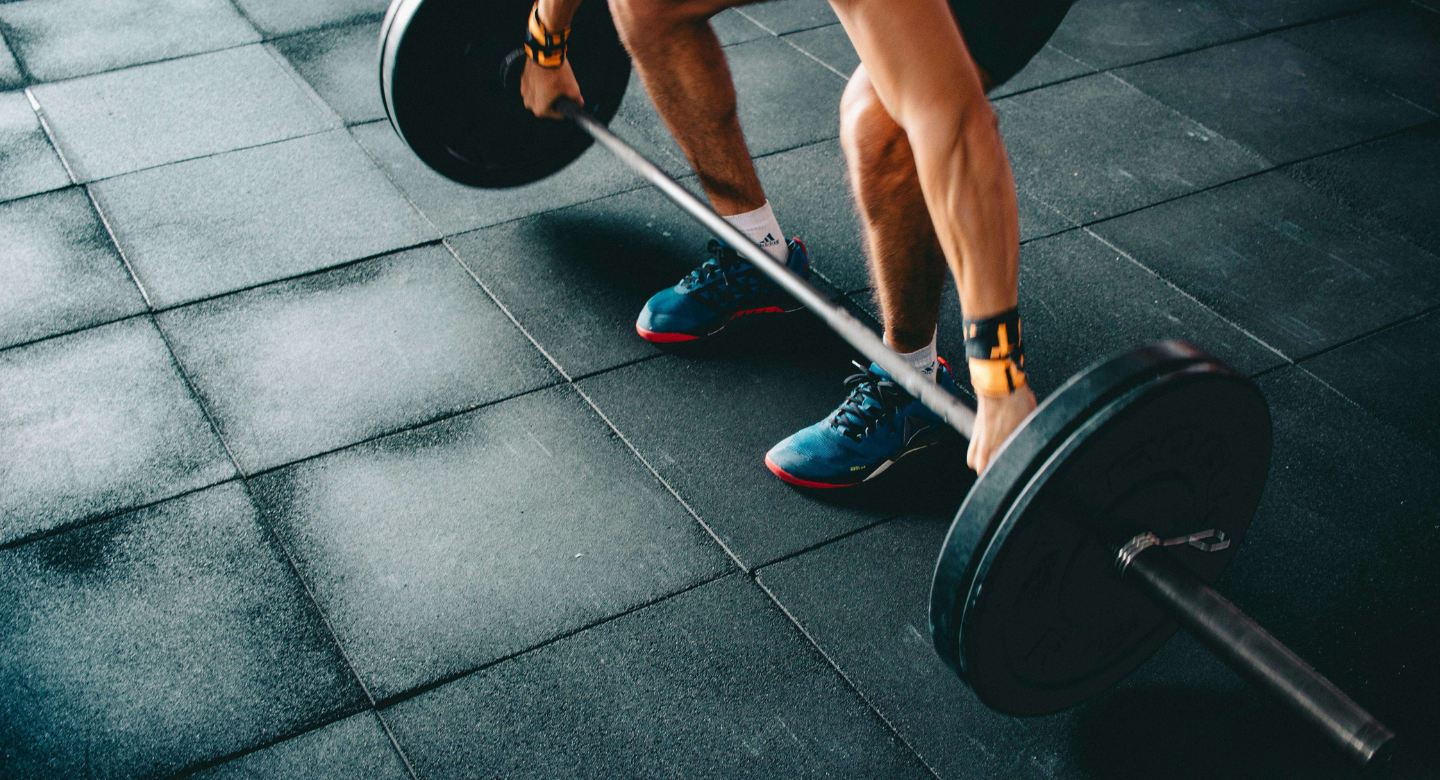
Focus areas:
- Lower body: Strong legs are key for trekking. Exercises like squats, lunges, and step-ups will help you build leg muscles and improve your balance on uneven terrain.
- Core: A strong core gives you stability, especially when you’re carrying a heavy backpack. Core exercises like planks, crunches, and Russian twists help maintain your balance and posture throughout the trek.
- Upper body: Trekking at high altitudes requires handling heavy backpacks and sometimes climbing steep sections. Push-ups, pull-ups, and resistance band training will strengthen your arms, shoulders, and back, making it easier to carry weight and handle any climbs.
C. Flexibility & Mobility Training
Having flexible muscles and joints is crucial for reducing the risk of injury and helping you move more efficiently over uneven ground. It also improves your range of motion, which is important for handling steep climbs and stretches.
Recommended stretches:
- Hamstrings & calves: These muscles are key for walking and climbing, and regular stretching will keep them limber and reduce cramping.
- Lower back: Stretching your lower back helps with stability and prevents strain, especially when carrying a heavy pack.
- Shoulders: Flexibility in your shoulders and upper body will help with carrying your backpack without discomfort, especially during long stretches of trekking.
You can include yoga or regular stretching routines in your training to improve your flexibility and keep your muscles loose.
D. Breathing & Acclimatization Training
Learning how to breathe deeply and efficiently is a crucial part of preparing for high-altitude Himalayan trekking. At high altitudes, there’s less oxygen, so your body needs to work harder to get air. Practicing breathing techniques can help your body adjust and prepare for the altitude.
Breathing exercises:

- Pranayama (breath control): This ancient practice of controlled breathing helps your body adapt to lower oxygen levels. Techniques like Anulom-Vilom (alternate nostril breathing) and Bhastrika (bellows breath) are great for building lung capacity and improving oxygen intake.
- Simulated altitude training: Some people choose to simulate high-altitude conditions by hiking with a mask that limits airflow or using altitude chambers. This can help your body adjust to the lower oxygen levels and prepare for the trek.
Gear & Backpack Weight Training
When preparing for a high-altitude Himalayan trek, your gear plays a big role in how prepared you feel physically. The right backpack, along with specific training, ensures that you’re comfortable and capable of carrying what you need without overloading yourself.
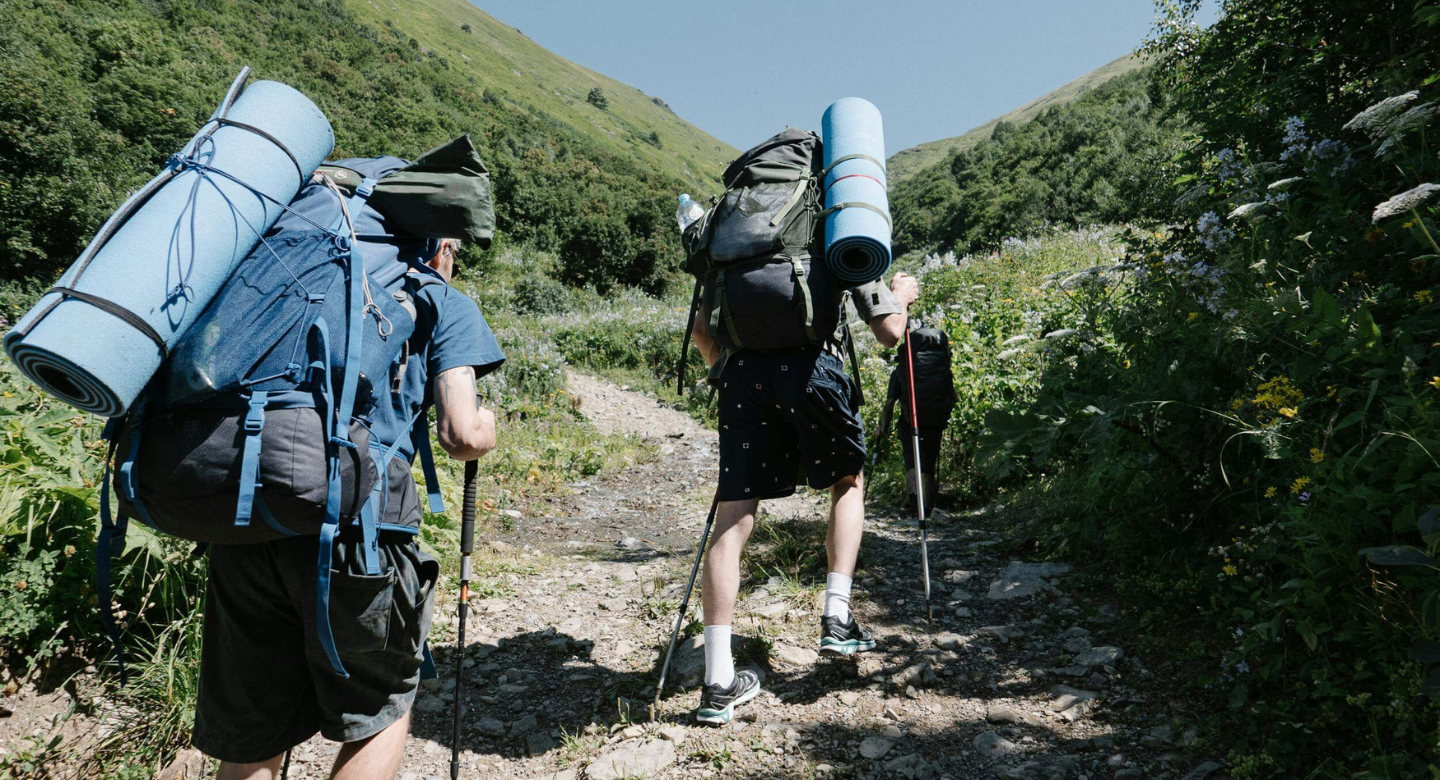
Carrying a loaded backpack during your trek can be tough on your body, especially over long distances or when climbing steep terrain. To prepare, you should train with a weighted backpack. Start light, with just a few pounds, and gradually increase the weight over time. This helps your body adjust to carrying the load without straining your muscles.
Try walking on different surfaces, such as trails, stairs, or hills, to mimic the types of conditions you’ll encounter. The key is to build up your stamina and strength gradually so that when you’re trekking, you won’t be caught off guard by the weight of your gear.
- Choosing the Right Trekking Shoes and Practicing with Them
Your shoes are one of the most important pieces of gear for a trek. The right trekking shoes will protect your feet, support your ankles, and provide good traction. Make sure you choose shoes that are specifically designed for hiking and are comfortable from the start. A good fit is crucial—avoid shoes that are too tight or too loose.
Once you’ve chosen your shoes, practice walking in them. Wear them on training hikes, and try to get used to the feel of them with your full backpack. This will help break them in and avoid blisters or discomfort during the actual trek.
- Strengthening Knees and Ankles for Steep Climbs and Descents

Your knees and ankles are key to handling steep climbs and descents without injury. To strengthen them, include exercises that target these areas, like lunges, step-ups, and calf raises. These exercises help build stability, making your joints stronger and more prepared for the strain of uphill or downhill trekking.
It’s also a good idea to practice descending hills during your training. Walking down steep slopes can be hard on your knees, so getting used to it beforehand will reduce the risk of injury.
Acclimatization & On-Trek Fitness Strategies
During your trek, it’s not just about the physical strength you bring—it’s also about how well you pace yourself and allow your body to adjust to the altitude.
- How to Pace Yourself While Trekking
When trekking at a high-altitude Himalayan trek, it’s important to take things slow and steady. You might feel fine at the start, but as you climb higher, your body will start to feel the effects of reduced oxygen. To avoid burnout or altitude sickness, pace yourself by taking breaks often, walking at a comfortable speed, and listening to your body.
A slower pace allows your body to adjust and conserve energy, so don’t rush—focus on enjoying the journey and staying steady.
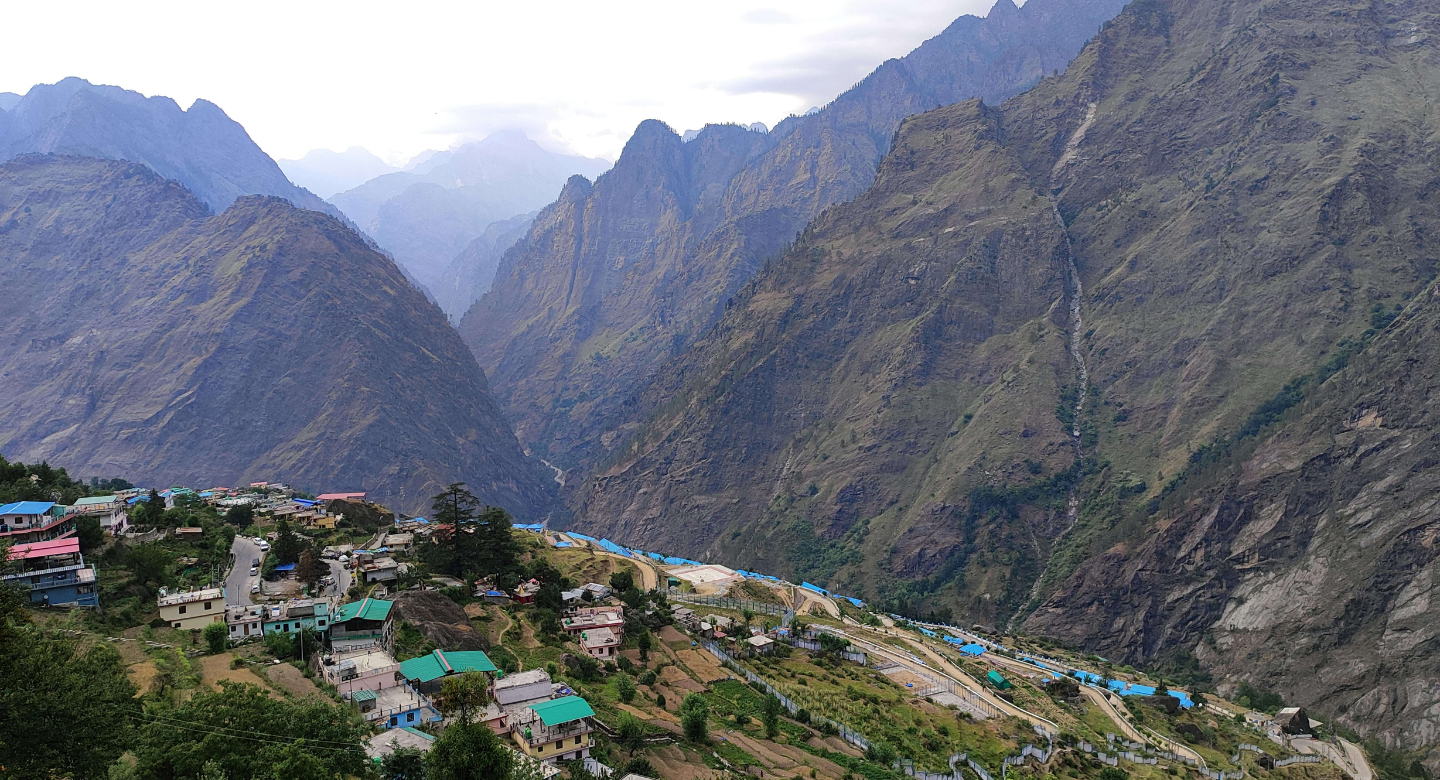
- Importance of Acclimatization Days
Acclimatization is critical for reducing the risk of altitude sickness. The “climb high, sleep low” strategy is commonly used: this means hiking to a higher altitude during the day and then returning to a lower altitude to sleep. These rest days help your body adjust to the thinner air and make sure you’re able to continue trekking without complications.
Make sure to follow any acclimatization schedules provided by your guide or trek organizer. These breaks help your body adjust gradually, so you’ll be better prepared for the rest of the trek.
- Hydration, Proper Breathing, and Rest Techniques
At high altitudes, it’s easy to become dehydrated, and dehydration can worsen the effects of altitude sickness. Drink plenty of water throughout the trek, even if you’re not thirsty. Keep in mind that the dry air at high altitudes increases fluid loss, so stay on top of your hydration.
Breathing techniques also play a major role in how well you perform. Practice deep, steady breathing to ensure you’re getting enough oxygen. Short, quick breaths can strain your body, so slow, controlled breathing will help you conserve energy.
Rest is equally important—don’t underestimate the power of a good break. Take time to relax, eat, and drink water whenever needed.
Sample 8-Week Trek Fitness Plan
Here’s a simple 8-week trek fitness plan, broken down week by week, focusing on cardio, strength, and flexibility. The plan increases in difficulty to help build endurance for your high-altitude Himalayan trek.
| Week | Cardio | Strength | Flexibility |
| Week 1 | 30 min brisk walk, 3x/week | Bodyweight squats (3 sets of 12), lunges (3 sets of 10 per leg) | 10 min daily stretching (focus on hamstrings and calves) |
| Week 2 | 30 min jog or bike, 3x/week | Step-ups (3 sets of 10 per leg), planks (3 sets of 20 sec) | 15 min stretching (add lower back and shoulders) |
| Week 3 | 35 min jog or bike, 4x/week | Squats (3 sets of 15), lunges (3 sets of 12 per leg), push-ups (3 sets of 10) | 20 min stretching (focus on legs and back) |
| Week 4 | 40 min jog or bike, 4x/week | Step-ups (3 sets of 12 per leg), planks (3 sets of 30 sec), Russian twists (3 sets of 15) | 25 min stretching (add hip flexors and shoulders) |
| Week 5 | 45 min jog or bike with hills, 4x/week | Squats (4 sets of 15), lunges (4 sets of 15), push-ups (3 sets of 12) | 30 min stretching (include more hip and back stretches) |
| Week 6 | 50 min jog or bike, 5x/week | Weighted step-ups (3 sets of 12 per leg), planks (4 sets of 40 sec), resistance band exercises (upper body) | 35 min yoga session (focus on legs, hips, and shoulders) |
| Week 7 | 60 min jog or bike with intervals, 5x/week | Squats (4 sets of 20), lunges (4 sets of 20), push-ups (4 sets of 15), resistance bands for arms | 40 min yoga session (focus on full-body mobility) |
| Week 8 | 60-min hike or run with backpack (lightweight), 5x/week | Step-ups (4 sets of 15 per leg with backpack), planks (5 sets of 45 sec), push-ups (4 sets of 20) | 45 min yoga session (full-body stretch and mobility) |
Summary on How to Get Fit for a High-Altitude Himalayan Trek
In summary, getting fit for a high-altitude Himalayan trek is about gradually building your cardiovascular endurance, strength, and flexibility. Follow the plan above, increasing intensity and duration week by week. By focusing on endurance, core strength, joint stability, and flexibility, you’ll be ready to take on the challenges of the Himalayas.
Key Takeaways:
- Start early (at least 2-3 months before the trek) to give your body time to adjust.
- Build cardiovascular endurance with steady increases in your running, cycling, or hiking sessions.
- Strengthen your legs, core, and upper body for carrying gear and tackling tough terrain.
- Prioritize flexibility to avoid injuries and maintain range of motion.
Final Tips:
- Don’t rush through your training. It’s about gradual improvement, not quick fixes.
- Stay consistent, listen to your body, and rest when needed.
- Mental preparedness is as important as physical readiness—visualize yourself succeeding, stay positive, and keep focused on your goal.
- With the right training, gear, and mindset, you’ll be set to enjoy the trek of a lifetime!
References
How to prepare for a high altitude trek | Blog | Walks Worldwide. (n.d.).
Sherpa, P. T. (2025, January 7). Training advice – Highland Expeditions. Highland Expeditions: Trekking and Climbing in the Himalayas.
Frequently Asked Questions (FAQs) On How to Get Fit for a High-Altitude Himalayan Trek
Why is fitness important for a high-altitude Himalayan trek?
Fitness is crucial for high-altitude trekking because it helps you cope with the physical demands of the trek, such as steep climbs, carrying a backpack, and walking for long hours. A well-conditioned body also reduces the risk of altitude sickness and injury.
How do I start preparing for a trek in the Himalayas?
Start preparing at least 2-3 months before your trek. Focus on building cardiovascular endurance, strength, and flexibility. Incorporate regular cardio workouts (running, cycling, hiking), strength training (squats, lunges), and flexibility exercises (yoga, stretching) into your routine.
What types of exercises should I do to get fit for a high-altitude trek?
Key exercises include cardio (running, cycling, stair climbing), strength training for legs, core, and upper body (squats, lunges, push-ups), and flexibility training (stretching, yoga). You should also practice walking with a weighted backpack to simulate trekking conditions.
How can I prevent altitude sickness during my trek?
To prevent altitude sickness, follow the “climb high, sleep low” strategy by gradually increasing your altitude and taking rest days to acclimatize. Drink plenty of water, maintain good hydration, and avoid overexertion. It’s also important to know the symptoms and descend if needed.
What should I eat before, during, and after the trek?
Before the trek, focus on a high-protein diet and complex carbs for energy. During the trek, pack energy-dense foods like dry fruits, protein bars, and dark chocolate. After the trek, eat protein-rich meals to help with muscle repair and stay hydrated to recover properly.
How much weight should I carry in my backpack during training?
Start with a light load (around 10-15 pounds) and gradually increase the weight to mimic the backpack you’ll carry on the trek. By the end of your training, aim for a pack weight close to what you expect to carry during the trek, but always ensure it’s manageable.
What gear do I need for a high-altitude Himalayan trek?
Essential gear includes a sturdy, comfortable backpack, quality trekking shoes, weather-appropriate clothing (layers for warmth and waterproof outerwear), a sleeping bag, and trekking poles. Don’t forget sun protection (hat, sunscreen) and a first aid kit.
How can I train my body to handle steep climbs and descents?
To prepare for steep climbs and descents, focus on strengthening your legs, knees, and ankles. Exercises like lunges, step-ups, and calf raises help build muscle. Additionally, practice hiking uphill and downhill during your training to simulate the trek conditions.
How do I know if I’m properly acclimatized to the altitude?
If you’re feeling fatigued, dizzy, or short of breath, you may be experiencing symptoms of altitude sickness. Acclimatization involves taking rest days to allow your body to adjust to thinner air. If symptoms persist, it’s important to descend to a lower altitude.
How can I mentally prepare for the challenges of a high-altitude trek?
Mental resilience is important for tackling the challenges of a high-altitude trek. Practice visualization techniques, stay positive, and break down the trek into manageable goals. Meditation and mindfulness practices can also help you stay focused and calm during difficult sections.

